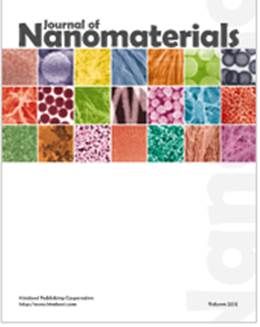Rutile loaded with Au/Pd nanoparticles was prepared using a water-in-oil microemulsion system of water/AOT/cyclohexane followed by calcination. The effect of calcination temperature (from 350 to 700°C) on the structure of Au/Pd nanoparticles deposited at rutile matrix and the photocatalytic properties of Au/Pd-TiO2 was investigated in two model reactions (toluene degradation in gas phase and phenol degradation in aqueous phase). Toluene was irradiated over Au/Pd-TiO2 using light emitting diodes (LEDs, = 415 nm). The sample 0.5 mol% Pd/TiO2 exhibited the highest activity under visible light irradiation in gas and aqueous phase reaction among all photocatalysts calcined at 350°C, while the sample modified only with gold nanoparticles showed the lowest activity. The Au/Pd-TiO2 sample calcinated at 350°C possesses the highest photocatalytic activity when degrading phenol under visible light, which is 14 times higher than that of the one calcinated at 450°C. It was observed that increasing temperature from 350 to 700°C during calcination step caused segregation of metals and finally resulted in photoactivity drop.

